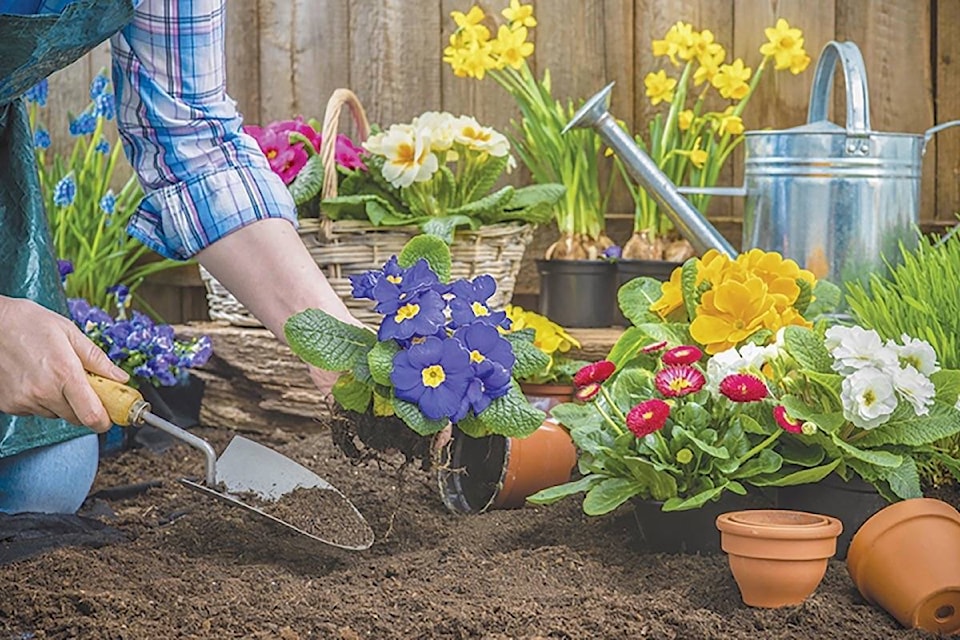Jocelyne Sewell/Columnist
The weather has been fantastic and I have been working in the garden every day getting ready to plant the early crops.
While I was searching for information, I found some very good tips that came from rodalesorganiclife.com. The links I had don’t work anymore but here are the tips:
For carrots, what’s more important than colour is choosing the right root size and shape to suit your soil. Carrot size and shape varies by type, and there are five major categories. Ball-type, Chantenay and Danvers carrots have blocky shapes that can handle heavy or shallow soil, while slender Nantes and Imperator carrots need deep, loose soil. All types are available in early and late cultivars. Loose, rock-free soil is the goal. If you have heavy soil, add plenty of mature compost.
A Gardener’s Diary: Spring has sprung
Start sowing this cool-weather crop three weeks before the last expected frost. Plant again every two to three weeks after that. Most cultivars take 70 to 80 days to mature, so sow your last planting two to three months before the first expected fall frost. Thin to one inch (2.5 cm) apart when the tops are two inches high, and be thorough, because crowded carrots will produce crooked roots. Thin again two2 weeks later to three to four inches apart.
Plant garlic around your roses, marigolds with your melons and tomatoes next to the cabbages.
Tomatoes are repellent to diamondback moth larvae, which are caterpillars that chew large holes in cabbage leaves. Plant some nasturtiums with the cucumbers. Nasturtium flowers and leaves are edible and you can pickle the flower buds or immature seedpods to use as a substitute for capers.
Plant peppers with pigweed, which is edible too. Leafminers prefer both pigweed and ragweed to pepper plants in a study at the Coastal Plains Experiment Station in Tifton, Georgia. Just be careful to remove the flowers before the weeds set seed.
Cabbage and dill makes a good combination.
“Dill is a great companion for cabbage family plants, such as broccoli and brussels sprouts,” Cunningham says. “The cabbages support the floppy dill,” while the dill attracts the tiny beneficial wasps that control imported cabbageworms and other cabbage pests. But, you should absolutely never grow carrots and dill side by side.
Plant the lettuce with tall flowers. Nicotiana (flowering tobacco) and cleome (spider flower) give lettuce the light shade it grows best in.
Radishes are happy growing next to spinach. Planting radishes among your spinach will draw leafminers away from the spinach. The damage the leafminers do to radish leaves doesn’t prevent the radishes from growing nicely underground.
Potatoes with sweet alyssum, cauliflower with dwarf zinnias. The nectar from the dwarf zinnias lures ladybugs and other predators that help protect cauliflower.
Collards with catnip. Studies have found that planting catnip (mosquito repellant) alongside collards reduces flea-beetle damage on the collards.
Strawberries with Love-In-A-Mist flower. Bush beans also grow good in the strawberry bed.
Don’t plant onions with peas, potatoes with tomatoes, peppers with beans, cabbage with grapes, black walnuts with tomatoes and lettuce next to broccoli.
For more information, call 250-558-4556 or email jocelynesewell@gmail.com.
@VernonNews
newstips@vernonmorningstar.com
Like us on Facebook and follow us on Twitter.
